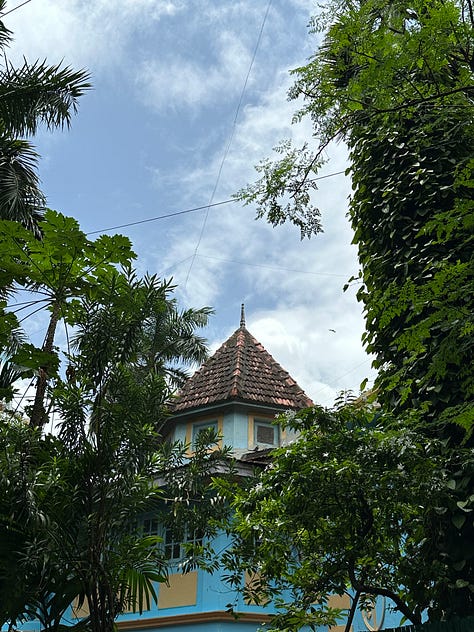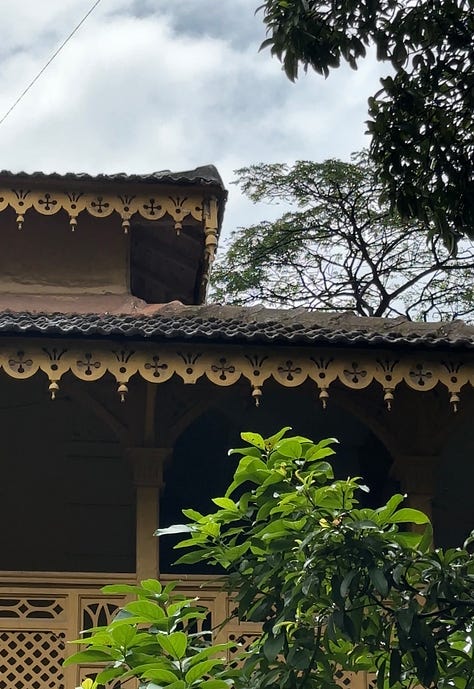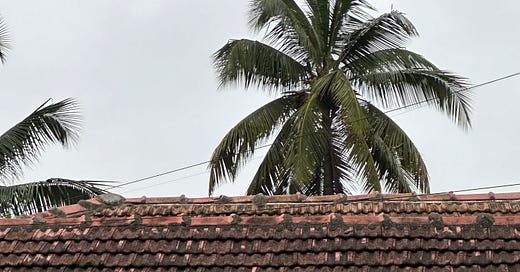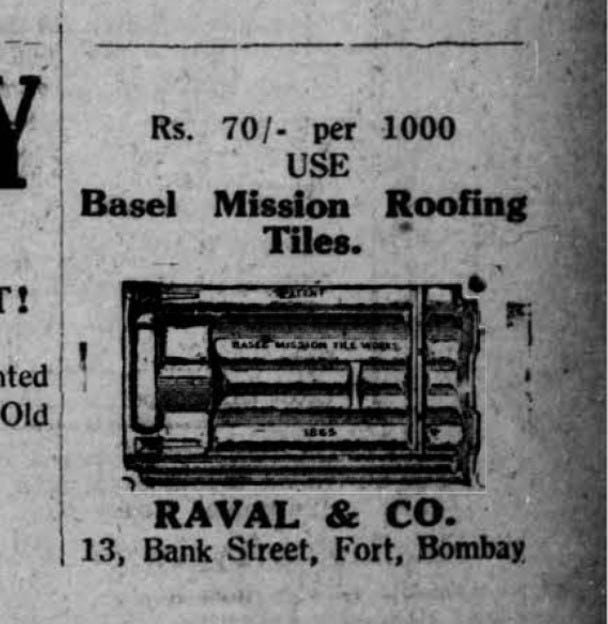This story starts at a different kind of Hill Road.
It starts at Basel, in Switzerland in 1815, when a christian missionary society called the Basel Mission was founded.
Meanwhile in India, the East India Company with their focus on commerce and not religion, had a ban on missionary activities, which they relaxed in 1813. And in 1834, they went a step further to allow non British missionary societies to settle and do their work in the country.
The Basel mission guys stepped right in. And opened their first outpost in Mangalore. Aah, you know where this story is going.
Now two things happened. The Basel Mission recieved some donations and funds from home, but it was imperative for them to create a source of income if they wanted to expand and continue to do their work in India.
The second thing that happened was most of their converts came from the oppressed classes in the caste system. These included fishermen, small farmers, toddy tappers. For most of these people it was a chance to improve their lives. The Basel Mission also insisted the converts forsake their caste allegiance, along with their religion. Which means they needed to create a system whereby these people could band together, and also earn a living since the caste system dictated what they did and who they interacted with.
The Basel Mission solved this by creating industrial production sites, training centers and workshops for the people converted.
This is where the dual education system of Basel Mission priests proved very useful; each of the absolvents had not only a theological academic education but also vocational training in a craft or trade. At the same time, these manufacturing sites relied heavily on the cooperation with local experts and on the skill and dedication of the workers employed in them. From Basel Mission’s perspective the work in the mission’s businesses also served the purpose to convey Protestant values like diligence, discipline, punctuality and thrift.
Excerpt from From Basel Mission to Mangalore Tiles Production, transport and use of 19th century ceramic building material in India by Sophie Hueglin, Priya Joseph & Sila Tripati
By the 1840’s they had ventured into setting up a lithographic printing press, book binding, coffee, silk, clock making and even weaving.
Some years later, a mechanic named George Plebst, was sent to India by the Basel Mission to supervise the production of printed material. At some point he must have realised that the rich earth of the area lent itself to another business. This idea was compounded by the fact that the traditional tiles used in India at that point were brittle and unglazed.
Plus you already had Indian craftspeople who knew how to work with clay and sand. It was just a matter of training them to create a better product.

In 1863, he built an oven with the help of an Indian master potter and started experimenting to establish the right mixture of clay and sand. In December 1865 he started to produce roof tiles – 360 per day – with just two workers and a few bullocks. The products quickly became a great success because they were lighter and more waterproof than traditional Indian tiles. The tile works were to become the most rapidly developing and largest mission industry.
In 1880, just before steam power replaced the bullocks, production in Jeppu near Mangalore reached a million tiles per year.
Excerpts from From Basel Mission to Mangalore Tiles Production, transport and use of 19th century ceramic building material in India by Sophie Hueglin, Priya Joseph & Sila Tripati

It’s incredible to think the Mangalore tile started by George Plebst still exists today. In fact the Mangalore roofing tiles were Basel Mission’s most popular and widely used product. But there’s also this. An idea that beats time, also needs to come at the right time.
Caste system had imposed many restrictions on social life of the people in Kerala. One such thing was that only temples and palaces were permitted to have tiled roofs. But when the British came they removed such restrictions. The Malabar collector Conolly took the initiative to tile the roofs of shops in Calicut Valiyangadi(big bazaar) in 1847. The roofs were thatched and so the risk of fire was high. With the aid provided by the government the shops were tiled giving the market security and beauty. Later with the advent of Basel Mission Tile Works, tiling of roofs became much more popular.
Excerpt - Architecture in the urban space: Life of the elite in colonial calicut by Jidhu.M.U
Soon the British government started placing orders for Basel Mission tiles for public buildings like apun ka apna Victoria Terminus/Chhatrapati Shivaji Terminus. And I even chanced upon an ad for the tile, in the Bombay Chronicle dated January 1930.
I look around me in Bandra and I see the remaining bungalows and houses dating back to the 1920’s and 30’s, and I guess they must have also had, or still have Basel Mission Roofing Tiles. Some of the churches, schools will still have them too.
It’s nice to know history is alive on those red (more like dark brown actually!) sloping roofs.



PS: If you spot an OG Basel Mission Tile in Bandra, in a home or a school or church or anywhere, send me a picture or give me a shout. Thanks.








St Andrews bandra used Basel mission tiles. Some are now relaced with albuquerque tiles but some of the original still remain
Thank you for writing about the history of things around us. I've seen such tiles before, and now I know a little bit more about them—yayyyy! 😍